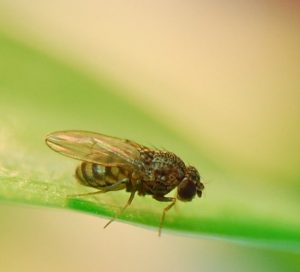Common Mutants
It’s important to consider what different Drosophila and Nematode mutants you have access to if you plan to work with these. By using mutants you can see if there are any differences between a mutant and a non-mutant animal to a task (See past titles).
Drosophila mutants
The Drosophila, or fruit fly, was first studied by William Castle in 1901, and they became popular organisms to study due to them being cheap to breed and raise, as well as having a breeding age of only 10 days. This research has led to many discoveries regarding genes being located on chromosomes, the impacts of X-ray exposure, and that chromosomal inheritance specifies the sex of an individual. With all of this research completed, this helps to make the Drosophila a well documented and easy-to-study organism.

Nematode mutants
The C. elegans is an incredibly important nematode within research due to its rapid life-cycle, small size, transparency, well-annotated, and accessibility. At either the organism level or at a single cell level, it is possible to both forward and reverse genetics to study biological problems, and to see what goes on inside live cells and tissues.
←Go back to Step 2 Page 2 – The Laboratory Process Go to Step 3 – Getting into the Lab Menu→

